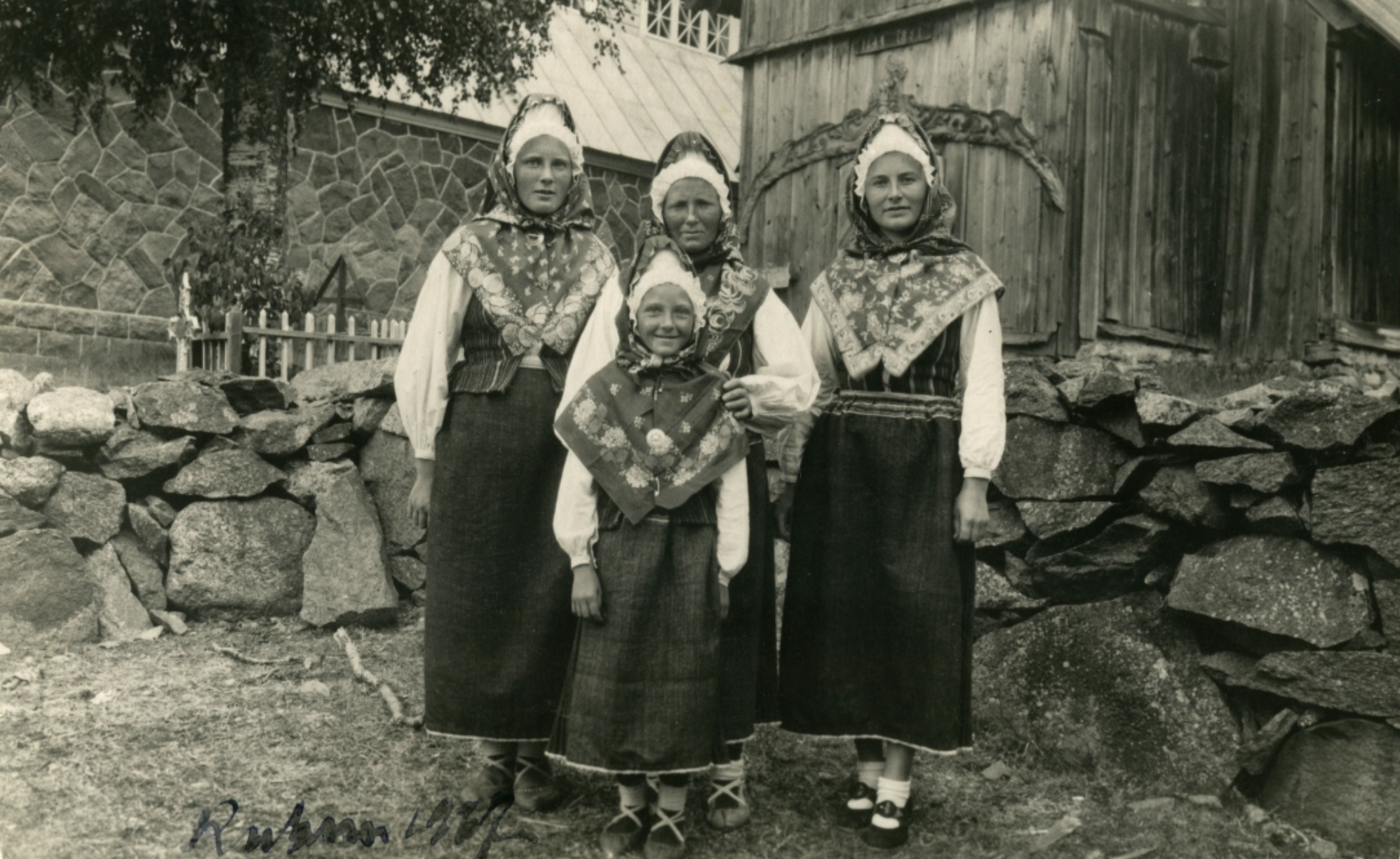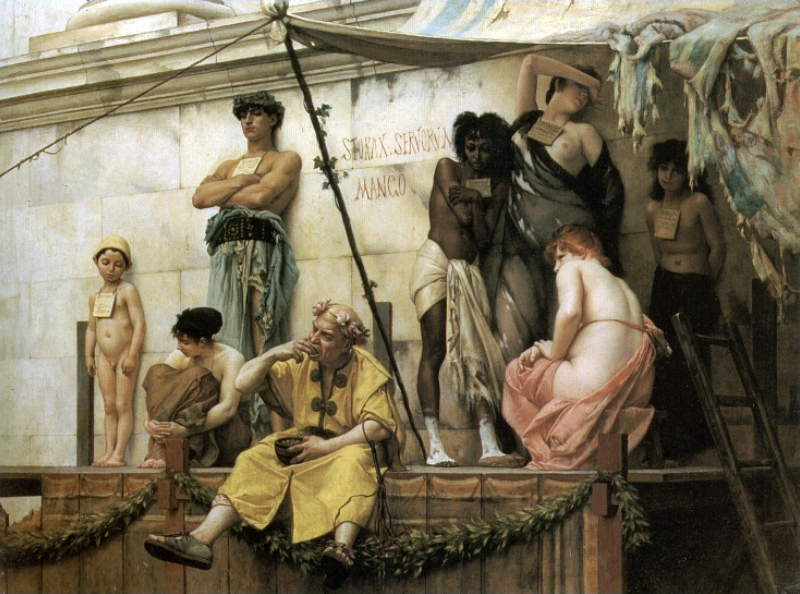Seraphim Rose (born Eugene Rose) was an American
who converted to Eastern Orthodoxy. He authored a number of books on Orthodox
faith, some of them controversial even among Orthodox believers. "The soul
after death" is his most popular book, and has been translated to several
foreign languages. The book, while being very "hard line" and
"fundamentalist", nevertheless raises some relevant questions
concerning near-death experiences (NDEs).
Near-death experiences, if you accept them as real, "prove" that
humans have a soul, that the soul can leave the physical body, and that there
are higher, spiritual realms to which the soul travels after the death of the
body. Yet, traditional religion seems uneasy about NDEs. The near-death
experiences seem to disprove the dogmas of all (or at least many) religions.
There is no apparent hell, no wrathful or judgmental deity, and each believer seem
to meet the deity, prophet or teacher of his own particular creed. Thus,
Christians meet Christ, Buddhists encounter the Buddha, etc. Even atheists have
positive NDEs, and might encounter their dead relatives or simply "see the
light". Some people have met Elvis Presley! This strongly subjective
element, combined with a kind of all-loving embrace, is compatible with modern
New Age thinking, but not with traditional Christianity, Buddhism, Islam, etc.
(There are spiritual seekers who believe that NDEs can be both positive and
negative, but Rose is mostly concerned with the popular picture of this
phenomenon, heavily dependent on Raymond Moody's book "Life after
life". In this discourse, NDEs are virtually always positive. Indeed, the
suggestion that they could in fact be negative is met with strong resistance in
some quarters. See the critical reviews of P.M.H. Atwater's "Beyond the
Light" for one example.)
Small wonder, then, that some Christians reject all NDEs or accept only the
most "Biblical" ones. The Tibetan Buddhist Sogyal Rinpoche also
offers some criticisms in his best selling "The Tibetan Book of Living and
Dying", explaining the discrepancy between modern NDEs and traditional
Tibetan accounts as caused by the soul haphazardly visiting various levels of
spiritual reality before returning to the body, not knowing the full picture.
Seraphim Rose's rejection of near-death experiences is even more radical.
Essentially, he claims that the experiences are demonic or Satanic in
character. They are caused by fallen spirits inhabiting a sphere between the
material world and Heaven. These spirits or demons attempt to seduce the soul
with various illusions, and if the soul accepts them at face value, it will
eventually end up in Hell, together with the demons themselves. Rose also
points out the trivial but often overlooked fact, that the people having these
experiences aren't really dead. How, then, can we know for sure that they
depict the afterlife correctly? NDEs are similar in character to OBEs (Out-of-Body
Experiences), but OBEs can be induced even while the person is alive and well.
The most obvious counter-argument from a New Age believer, would be that the
NDEs lead to positive changes in the individuals who have them, making them
more spiritual, loving and caring after their "return" to the
physical body.
On one level, Seraphim Rose is just a dogmatic defending turf. And yet, he does
raise some important questions, at least for those who *do* believe in the
reality of these phenomena. If NDEs are real, then we should logically accept
Christian revelations about the afterlife as well. They are just as
supernatural. But as Rose points out, traditional Christian visions of the
afterlife are very different from modern NDEs. They confirm traditional Christian
truths, and might even be "negative", in the sense of giving the soul
glimpses of Hell or Purgatory. Also, most such visions only come to saints or
monks, who have prepared themselves spiritually for years before receiving
them. (One of Rose's main sources is the book "Eternal Mysteries Beyond
the Grave", also available from Amazon.com.)
If all after-life experiences are in some sense "true", New Age
believers cannot really deny the Christian accounts, but how can they be
reconciled with the syncretistic and positive visions? If they do deny the
Christian visions, how do they know that these particular accounts (but none
other) are false? Essentially, Rose demands from the modern believers in NDEs
some kind of objective criterion by which these experiences or visions can be
judged. Otherwise, we are left with an impenetrable morass of purely subjective
experiences. Naturally, Rose's objective criterion is the Bible as interpreted
by the Orthodox Church, including supernatural experiences by recognized
saints.
Rose also challenges the idea that NDEs are always positive and
life-transforming. He quotes reports about NDEs in which the famous Being of
Light acted in an humorous or frivolous manner when showing the soul its past
sins. He also dwells at length on Robert Monroe's "Journeys out of the
body", a book on OBEs, emphasizing the negative and Satanic streaks in the
supreme being encountered by Monroe during his astral travels. Monroe accepted
the entity as God. Rose thinks otherwise. The "being" encountered by
Monroe didn't behave as a benign god, something admitted even by Monroe
himself. One fact not mentioned by Rose, is that NDEs are interpreted
negatively in Africa, where people tend to see them as the result of
witchcraft, despite the phenomenon as such being identical to the NDEs
experienced by Westerners. Obviously, this means that Africans aren't
spiritually transformed by the experiences.
Rose may be a dogmatic and doctrinaire thinker, but he has nevertheless
presented the more eclectic believers in purely benign near-death experiences
with a competent challenge. On the other hand, spiritual seekers who do
acknowledge the existence of negative supernatural occurences, won't be as
shaken by this book. Rather, they will explain the Christian visions of Hell or
Purgatory as true, while nevertheless denying the Orthodox interpretation of
them. Theosophists, for instance, believe that Hell is only temporary, that
souls eventually reincarnate, etc.
Finally, some comments on the controversies surrounding another aspect of this
book. "The soul after death" is controversial even among Orthodox
believers due to its teaching about "toll-houses", a kind of
intermediary stations which the soul must pass on its journey to Heaven. The "toll-houses"
are manned by demons who will claim the souls of sinners, and take them
straight to Hell. The critics of this concept call it Gnostic and heretical,
and it's clearly inspired by ancient Egyptian religion. However, I suspect that
the real reason for the uneasiness surrounding the "toll-houses"
isn't the purported Gnosticism, but rather the fact that the teaching sounds
bizarre to a modern audience. It's easy even for a modern believer to accept
that the soul might be immortal, but the idea of "toll-houses" in the
air manned by demons is simply too weird. Rose at one point makes a retreat,
claiming that the "toll-houses" should be interpreted in a
"spiritual" way, presumably allegorically, but that's not how his
opponents view them. Besides, Rose *does* literally believe in the Book of
Genesis and even a story about a monk who was taken to the Garden of Eden and
took back some fruit to show and feed his fellow monks! (This is from Rose's
creationist book "Genesis, Creation and Early Man".) Somehow, I
suspect that main line Orthodox Christians looked upon Rose as an acute
embarrassment...
Be that as it may, everyone who for one reason or another believes in
near-death experiences, should read and somehow come to terms with "The
soul after death". Who knows, maybe the fate of your immortal soul might
depend on it?











.jpg)








_-_James_Tissot.jpg)